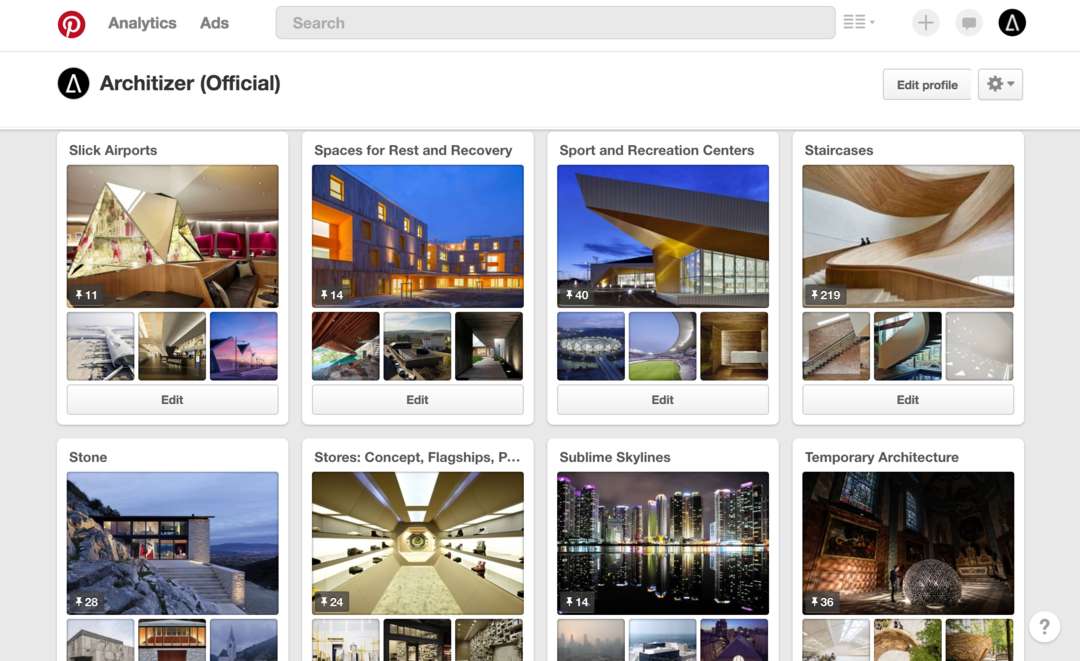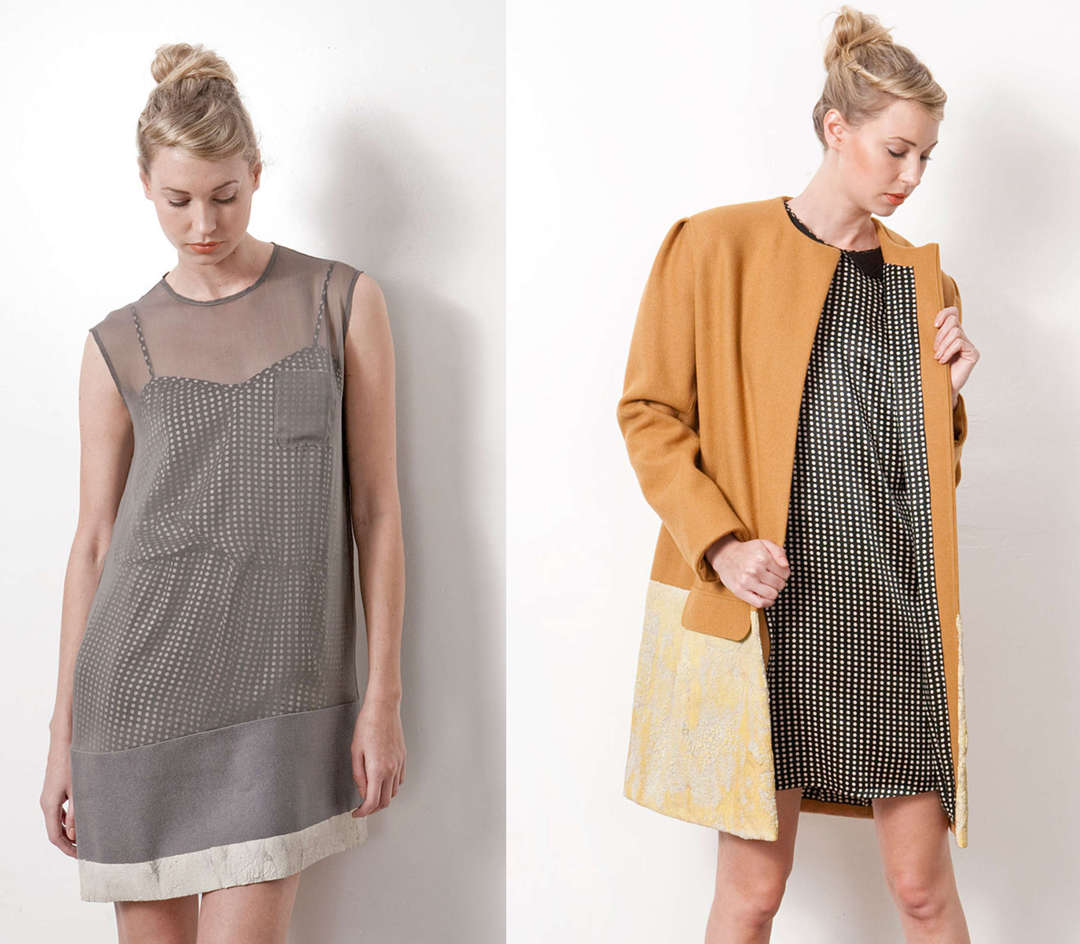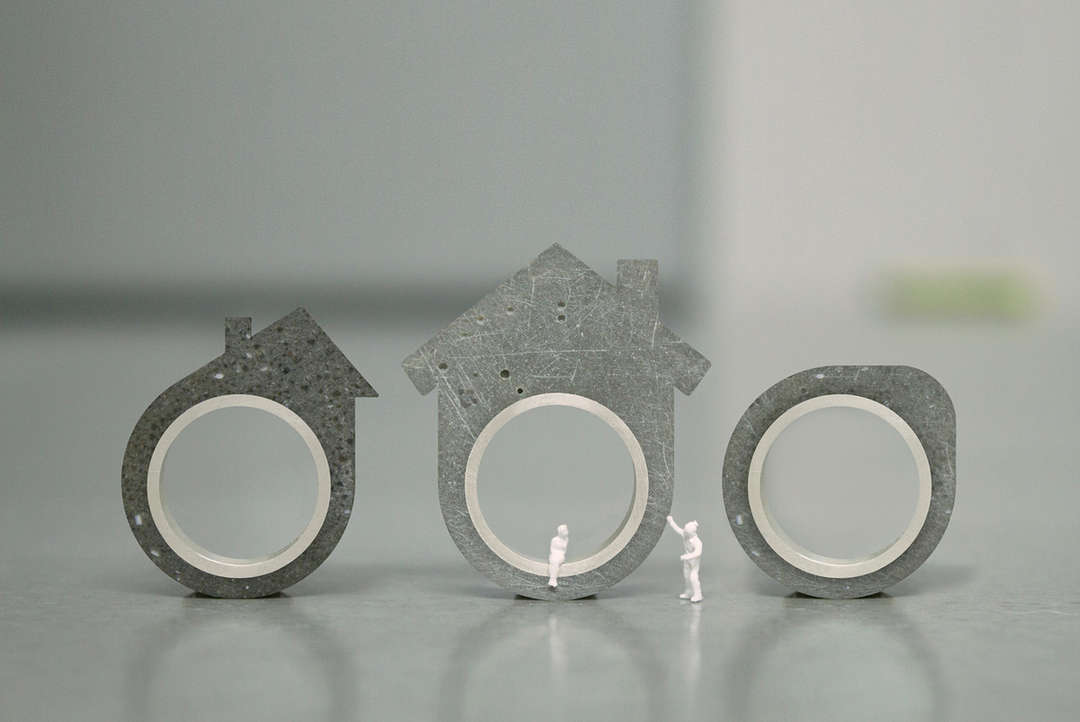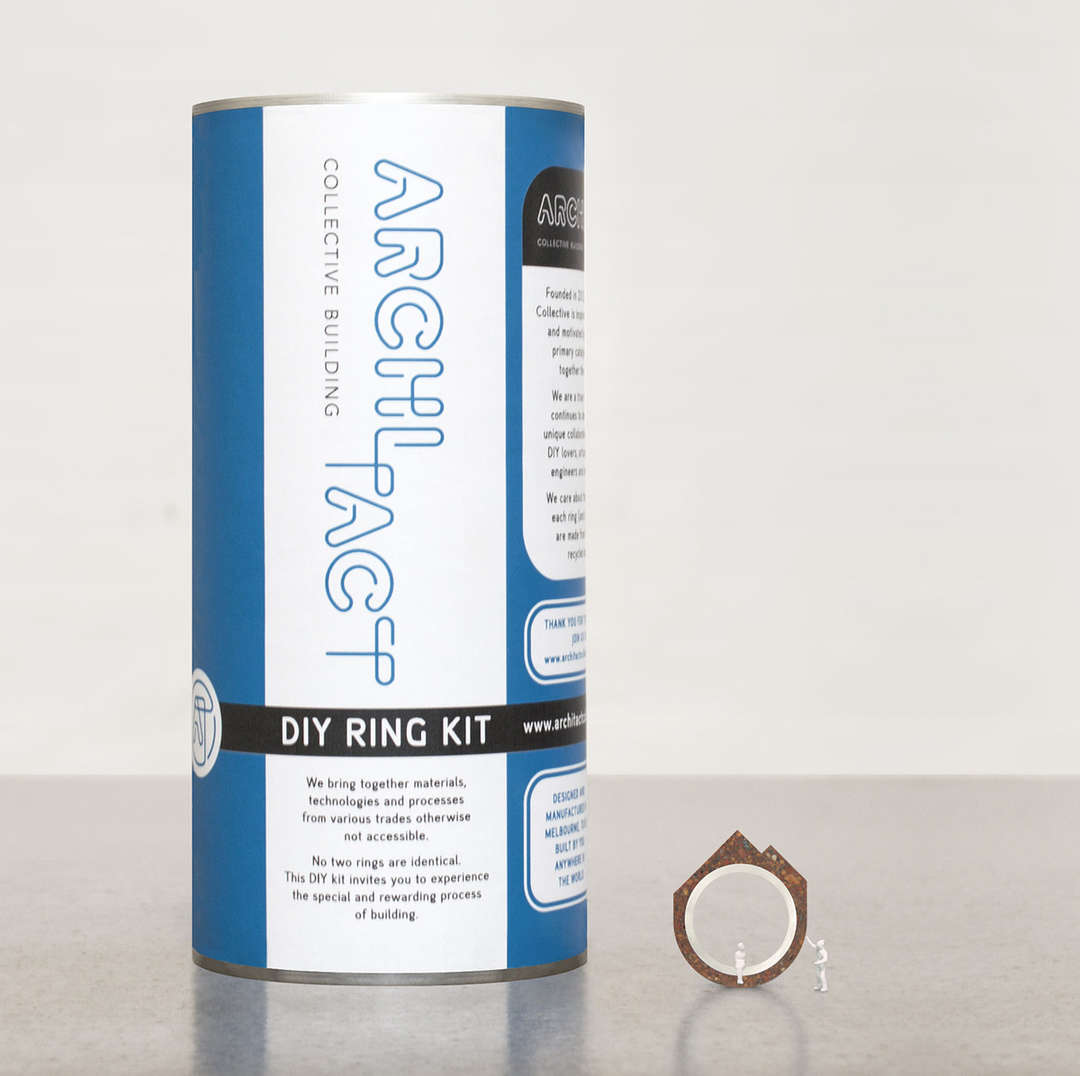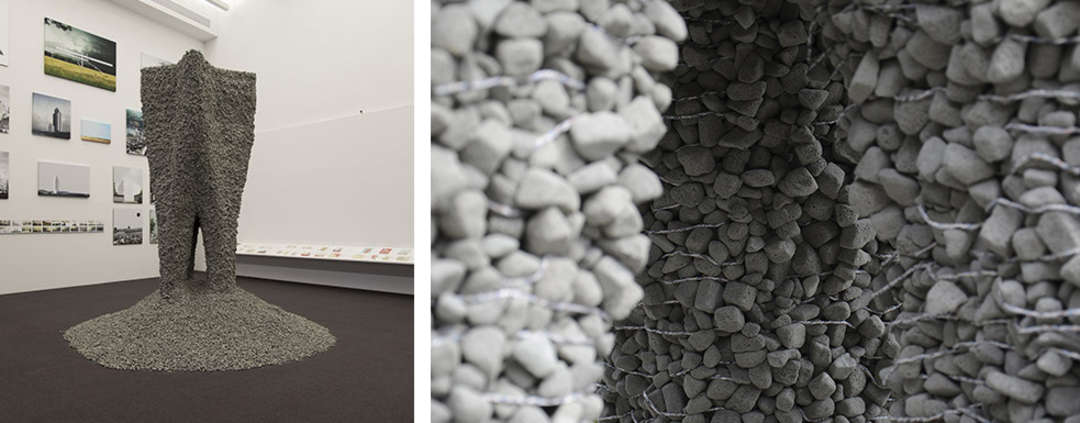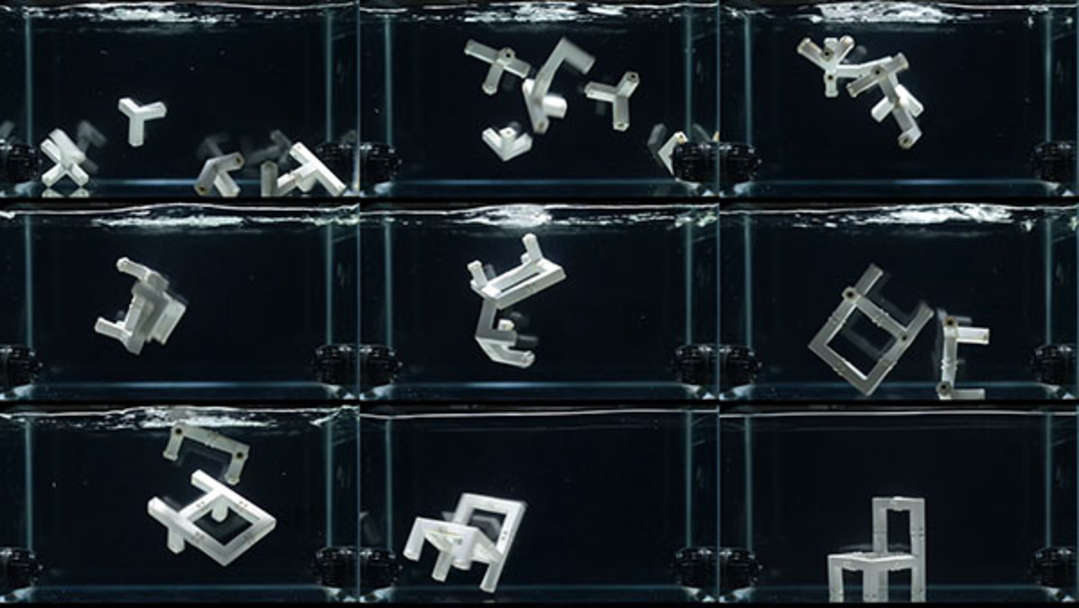
Architecture school isn’t just about learning how to build buildings. Research, digital modeling, material experimentation and prototyping are just a handful of skills that a student develops through the course of study, along with an uncanny ability to do all this on little to no sleep. While the majority of graduates go on to practice architecture after school, there are countless alternative routes that relate to the discipline.
This article takes a look at some of the careers that architects went into when their aspirations and interests deviated from the well-trodden path to architectural practice. While the careers are all different, ranging from film to fashion design to research, the common denominator among them is that the people behind them were strongly influenced by the skills, ideas and convictions they honed throughout their architecture educations.
1. Film, Video and Animation
Factory Fifteen, London, UK
Avant-garde studio Factory Fifteen is an independent film studio led by former architecture students atThe Bartlett at UCL. Their fictional films explore ideas about technology’s social and political impact on modern life. These films are situated within expertly rendered architecture or built environments, skills the studio honed in school. Check out one of their most striking films, Robots of Brixton:
Because of their architectural skill, Factory Fifteen’s films are able to transport viewers to an impeccably rendered and thus highly believable space despite their fictional premises. Aided by the power of technology, this relatively small group (six make up the team), is using architecture to execute films whose concepts and visuals are highly thought-provoking. The talented group also puts their skills to work for architectural fly-throughs, which navigate through realistically rendered space and bring future projects to life by allowing viewers to visually experience yet-to-be built environments.
A sample screenshot of Evan Sharp’s Pinterest
2. Tech and Web Design
Evan Sharp, Pinterest, San Francisco, California
Pinterest is well known and quite ubiquitous, but if you haven’t encountered it, it’s an immensely popular platform that allows users to collect and share favorite images, organizing them onto personal boards. (We do our own Pinterest-ing here at Architizer!) As an architecture student myself, I can attest to the immense helpfulness of Pinterest in collecting architecture-related imagery and inspiration. It’s almost like it was designed by an architect!
Oh wait, it was. Before cofounding Pinterest, which was valued at 11 billion dollars in 2015, Sharp studied architecture at Columbia’s GSAPP. It was Sharp’s design habits in architecture school that gave rise to Pinterest. “As an architecture student I continued to obsessively collect images,” Sharp toldArchinect, “thousands of sections, renderings and photographs … and I found that it became really difficult to organize my images and refer back to them. So we built a prototype and shared it with some friends, many of whom were architects.” The rest is history.
Concrete-dipped clothing and accessories from wrk-shp; via Archinect
3. Fashion
Airi Isoda, wrk-shp, Los Angeles and Tokyo
Airi Isoda is an architect turned fashion designer. She studied Architecture at the University of Southern California but was inspired to diverge from the traditional practice-based path upon seeing the “Skin & Bones: Parallel Practices in Fashion & Architecture” exhibition at the Museum of Contemporary Art in Los Angeles (MOCA). In an interview with Archinect, she recalled the eye-opening experience of realizing the connection between fashion and architecture; seeing similarities between the folds of elaborately draped dresses and the façade of a building she had studied in school.
She went on to fashion school and created “wrk-shp,” a fashion/architecture/product design company. She now designs clothes and accessories and collaborates with her husband and work partner Ryan Upton (who is a practicing architect) on lighting products, small everyday objects and building projects.Her work maintains a strong connection to architecture in that it borrows the material and minimalist vocabulary: concrete, clean lines, structural cuts and a subdued color palette.
Via Archinect
4. Jewelry
Linda Bennett, Architact Collective, Melbourne, Australia
Linda Bennett is a jewelry designer who left architectural practice in search of greater freedom for experimentation and the ability to quickly and economically test new materials, technologies and concepts. She found that the scale of jewelry allowed her to produce prototypes at the rate she had enjoyed in architecture school but not in the industry itself, where the pace is much slower. In 2013 on the back of a successful Kickstarter campaign, she founded the Architact Collective, which produces architectural jewelry.
Despite her shift away from architectural practice, her rings are still intimately connected to the profession. DIY Concrete Ring Kits give the user the materials to make their own rings, introducing them to the process of mold-making, concrete-mixing and sanding. The scale of these mini-objects of architecture allows people to really understand a material or building process.
Rock Print at Chicago Architecture Biennal and Fluid Chair-Assembly; via Self-Assembly Lab
5. Interdisciplinary Research
Skylar Tibbits and Jared Laucks, Self-Assembly Lab, MIT, Cambridge, Massachusetts
There are many alternative paths to architectural practice from product design to academic research … Alternatively, you can do the opposite and make several paths merge into one. That’s what Skylar Tibbits is doing at the research-based Self-Assembly Lab at MIT. Tibbits collected degrees in Architecture, Experimental Computation, Design Computation and Computer Science and now leads, with Jared Laucks, an interdisciplinary research team that integrates computer science, materials science, engineering and architecture. Watch the lab’s amazing 4D-printed self-folding cube, here:
Through extensive research and interdisciplinary collaboration, the lab is developing self-assembling materials and structures: things that can transform themselves entirely on their own based on their designs, not dissimilar from self-folding proteins, but produced on a 3D printer rather than our own bodies. While Tibbits is not researching, he teaches cross-disciplinary undergraduate and graduate classes at MIT.
Via Coolhaus
Via 33voices
6. Ice Cream
Natasha Case and Freya Estreller, Coolhaus, Los Angeles, California
Yes, you read that right.
Coolhaus is the architecturally inspired ice cream brand started by Natasha Case and Freya Estreller, who both have backgrounds in design and real estate. During the economic recession, Case and Estreller were among thousands of architects who lost their jobs or struggled to find work in the field but found an entrepreneurial way to make the most of the situation.
They acted on their passion for food and architecture and rolled out their newly minted ice cream truck into the streets of Southern California. The name Coolhaus is a play on Bauhaus, Koolhaas and the makeup of an ice cream sandwich, described as “a cookie roof and floor slab with ice cream walls.” The brand has since grown tremendously and has trucks and shops around the nation. They sell ice cream cleverly named after inspired famous architects, such as “Frank Berry,” “Mies Vanilla Rohe,” “IM Pei-nut Butter” and “Norman Bananas Foster.”

